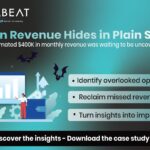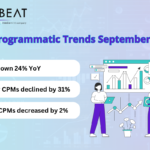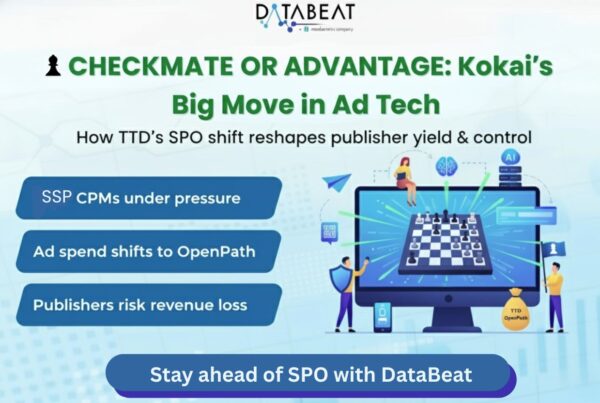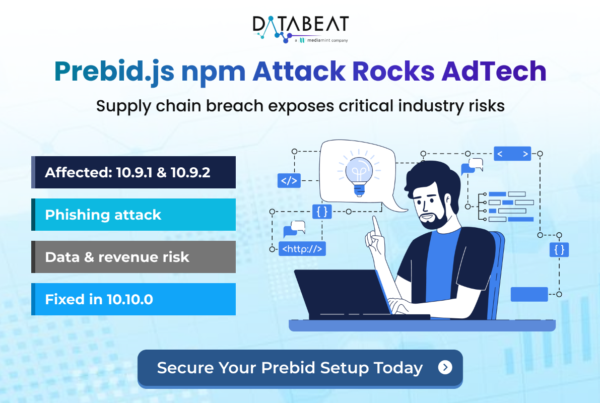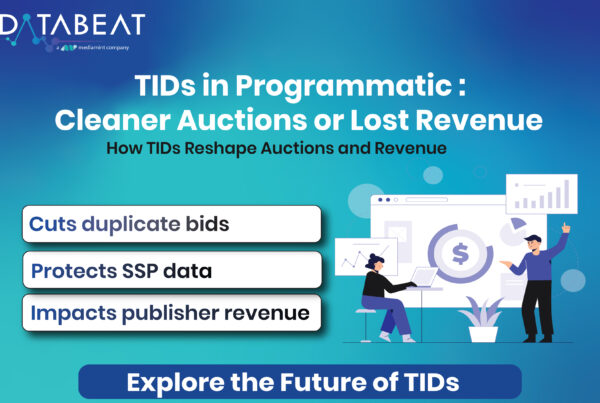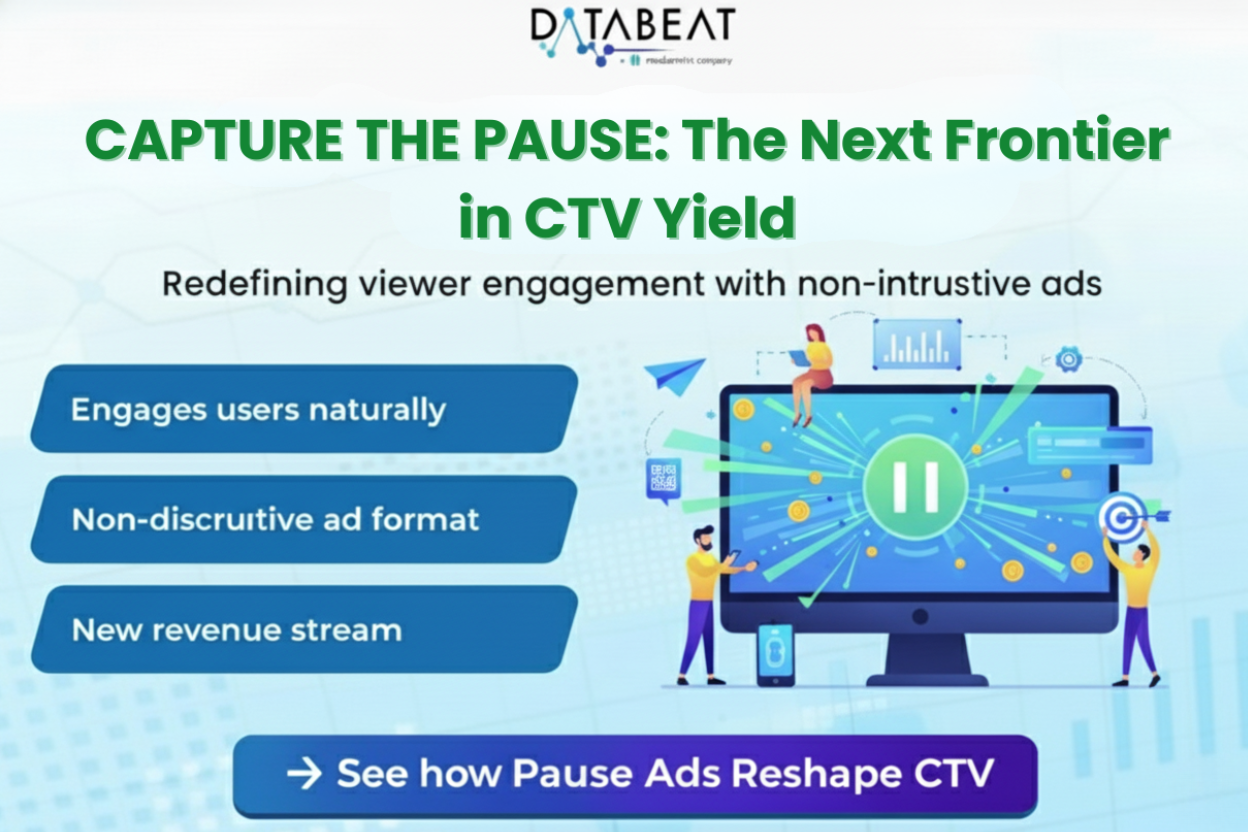
Introduction
In the ever-evolving Industry of Digital Advertising, the users are often required to watch the commercial advertisements while they are viewing the content in streaming platforms. Even with certain low-priced subscription plans in most of the platforms, it is still essential to watch ads, which makes the users annoyed.
To improve the user experience, popular streaming platforms like Youtube, Hulu, and Peacock have introduced a new ad format called Pause Ads.
This article will elaborate in detail on pause ads, exploring their advantages, drawbacks, and the ongoing developments.
What are Pause Ads?
Pause ads are the non-disruptive ads that automatically appear on screen when users temporarily pause the consumption of the content.
Unlike conventional pre-roll, mid-roll or post-roll ads, which play while content is being actively consumed by the user, these pause ads only roll-out during a halt to the content by the user.
Popular Streaming platform – Hulu first introduced this concept of Pause ads on their platform in 2019. Today, these ads take various formats, based on the streamer, and frequency of pausing by the viewer.
While advertisers look at the millions of idle pauses as a great opportunity to roll out ads and maximize ad exposure, it also raises concerns about user experience.
Types of Pause Ads
1. Companion Ads: These ads are shown simultaneously with the paused content, usually in a sidebar.

2. Overlay Ads: These ads render directly above the paused content, covering a part of the screen.

3. Interruptive Ads: These ads interrupt the paused content with typically a full-screen ad, forcing the viewer to watch in order to continue.
Mechanism of Pause Ads
Pause ads appear when the users willingly stop consuming the content, usually after a delay of around 5 seconds.
When the user pauses the content, In case of Youtube’s Companion Ads, the video content shrinks slightly, into a rectangular box, giving space in the right side to accommodate the ad.
In a few of these ads users have the option to “dismiss” the ad and get back to the content or click the “Information” button to learn more details about the brand being advertised there.
Currently Pause ads are mostly of static images, mostly text and a few are of video types. These ads will close once the user has resumed viewing content.
Benefits of Pause Ads
- User Experience: As these pause ads render during a user-initiated break, they don’t much affect the viewing experience.
- Grabbing attention of Viewers: Although it takes up only around a third of the screen, it makes use of vertical space as much as possible, allowing the viewers to understand about the brand being advertised.
- Enhanced User Engagement: Pause ads can encourage user interaction. For instance, if an ad is particularly engaging, it’s highly probable that the users will watch it in full, which leads to improved engagement metrics.
- Improved Revenue: Higher user exposure and engagement can directly lead to increased revenue for the advertisers. More the interaction with ads, higher the potential for clicks,and conversions.
Drawbacks of Pause Ads
- Technical Challenges: Implementing pause ads is actually quite technically complex. It is very challenging to ensure that the ads are loading seamlessly.
- Threat to User experience: Users might find pause ads irritating and annoying, especially if they frequently pause content. This could lead to decreased user satisfaction. There are chances that few users may cancel their streaming service too.
- Reduced Ad Effectiveness: While pause ads can lead to improved exposure, their effectiveness is questionable.
- Oversaturated ad environment: Few users express their disappointment regarding these pause ads as an increasingly ad-heavy experience.
The Rise and ongoing developments of Pause Ads
- Advertising giants are trying to make the pause ads more useful than traditional video commercials. Currently pause ads are now appearing with QR codes which let the viewers click to find out more information about the brand or product being advertised and leading to desired conversions.
- Discovery’s Max introduced Pause ads in 2022, allowing just one pause ad per user per session, says Ryan Gould, Head of Digital Ad Sales and Client Partnerships.
- Google’s video streaming gaint Youtube started testing this brand new pause ad feature in early 2023, and confirmed the implementation of pause ads on September 18, 2024.
- During the initial roll out of Youtube’s Pause ads, Dunkin’ Donuts was the only advertiser that showed up, but later users started to see ads from various brands as the advertisers interest for pause ads increased gradually.
- This ongoing development follows a trend in the streaming industry, with other major platforms like Hulu, AT&T, and Sling TV having already started similar pause ad features.

Future of Pause Ads
User reactions to the Pause ads have been mixed, with some expressing their concerns about increased ad environment. However as technology evolves and user preferences change, the future of pause ads remains uncertain.
Currently, most of the advertisers are still in the testing stage of the ad format. So, as the pause ads roll out more widely, its long-term effects on user engagement and the satisfaction levels of advertisers remain to be seen.
Conclusion
Pause ads offer a very high potential for improved user engagement and revenue, they also raise concerns regarding the ad effectiveness. As this ad format is very new, it will undoubtedly continue to evolve in many ways and may even begin to appear in other device categories in the near future.
How can DataBeat help?
DataBeat can help publishers strategize better to yield good revenue. With optimally strategized interventions, we support publishers, whether existing or new to the industry, by evaluating performance. The DataBeat team has extensive expertise in these ad formats, providing in-depth knowledge and hands-on experience to ensure seamless implementation. We can guide you through every step, from planning and integration to optimization and scaling, making us the ideal partner to help you successfully launch and maximize the potential of this ad format.
Want to learn more about how we can help you? Contact the team DataBeat today.




